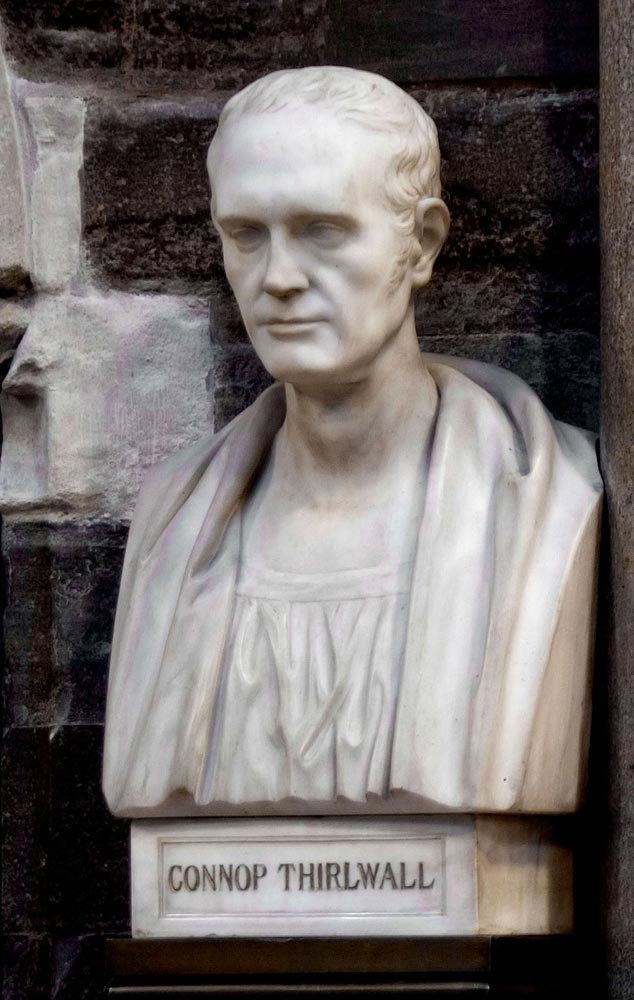John Clare
On 13th June 1989 Ted Hughes, Poet Laureate, unveiled a memorial to nature poet John Clare in Poets' Corner, Westminster Abbey. This is an oval mural tablet of LePine limestone and Welsh slate, designed by Donald Buttress, Surveyor of the Fabric at the Abbey. The lettering is by John Skelton and the memorial matches that to Matthew Arnold adjoining it. Above the inscription is a dove with an olive branch and the inscription reads:
JOHN CLARE 1793-1864 Poet. Buried at Helpston. "Fields were the essence of the song"
Clare was born on 13th July 1793 at Helpston in Northamptonshire, the son of Parker Clare, local wrestler, and his wife Ann (Stimson). He was educated in the folklore of the area but did receive some schooling. Apprenticed to a cobbler he preferred to work on the land and pursue his botanic and birdwatching interests. At the time of the Napoleonic wars he enlisted in the county militia. He married Martha Turner but had several relationships. Seven of his children reached maturity. His fame came in 1820 when his Poems Descriptive of Rural Life and Scenery was published. The Village Minstrel, The Shepherd's Calendar and The Rural Muse followed. With deteriorating health he entered a private asylum at Epping and was later committed to Northampton Asylum. He was buried in Helpston churchyard. He is remembered as the finest naturalist of Britain's poets and was a collector of folk songs and dances from his county.
Further reading
Oxford Dictionary of National Biography
See the website of the John Clare Society
His cottage is open to the public

© National Portrait Gallery, London [Creative Commons CC BY-NC-ND 3.0]

This image can be purchased from Westminster Abbey Library
Image © 2025 Dean and Chapter of Westminster










